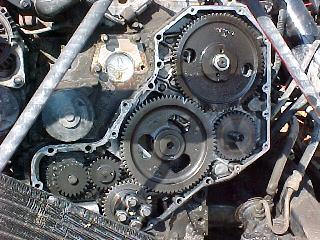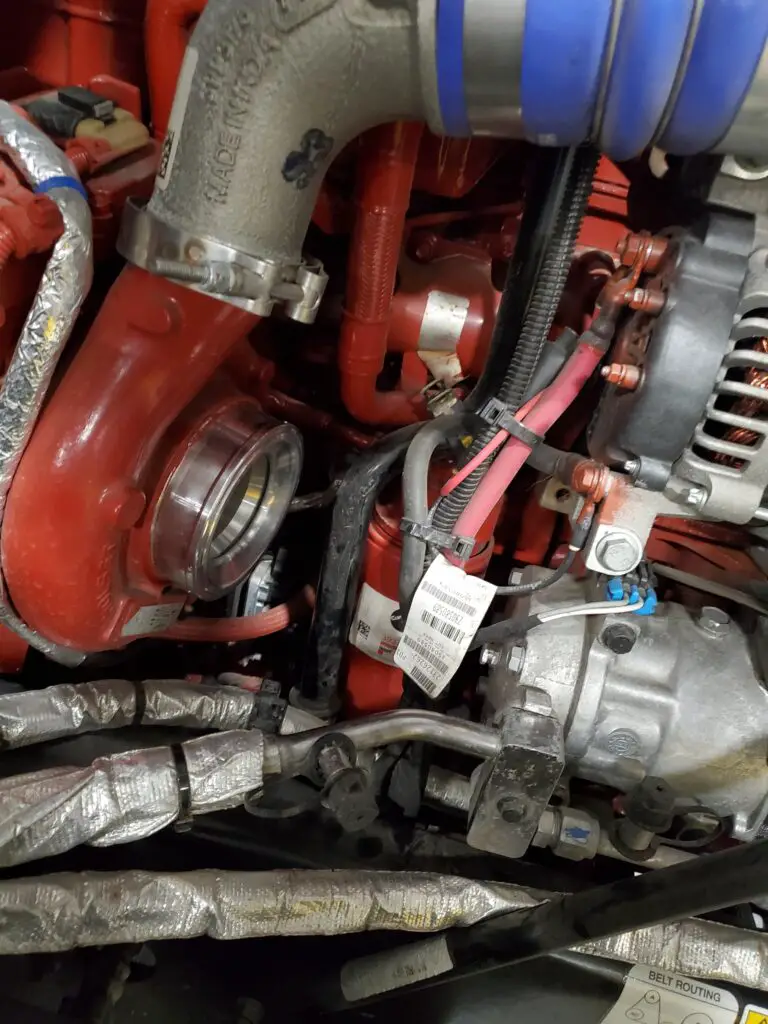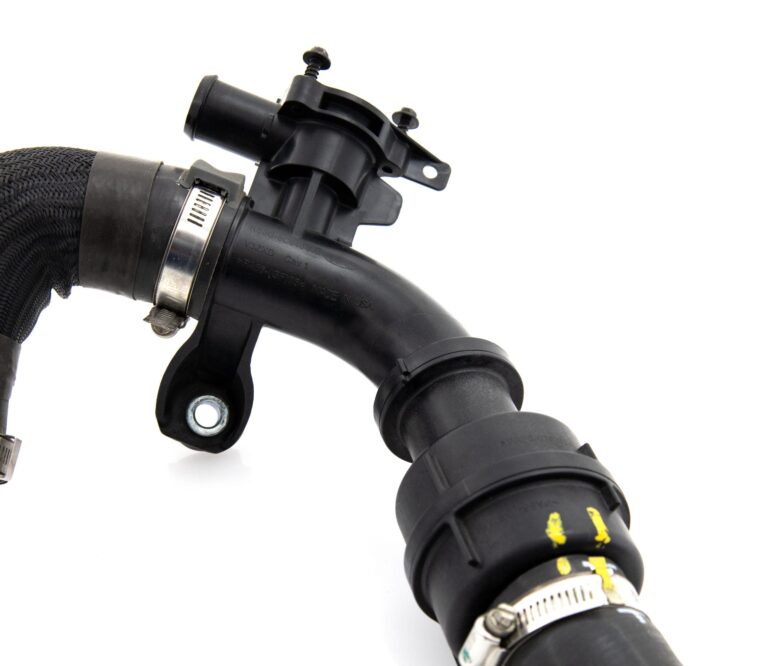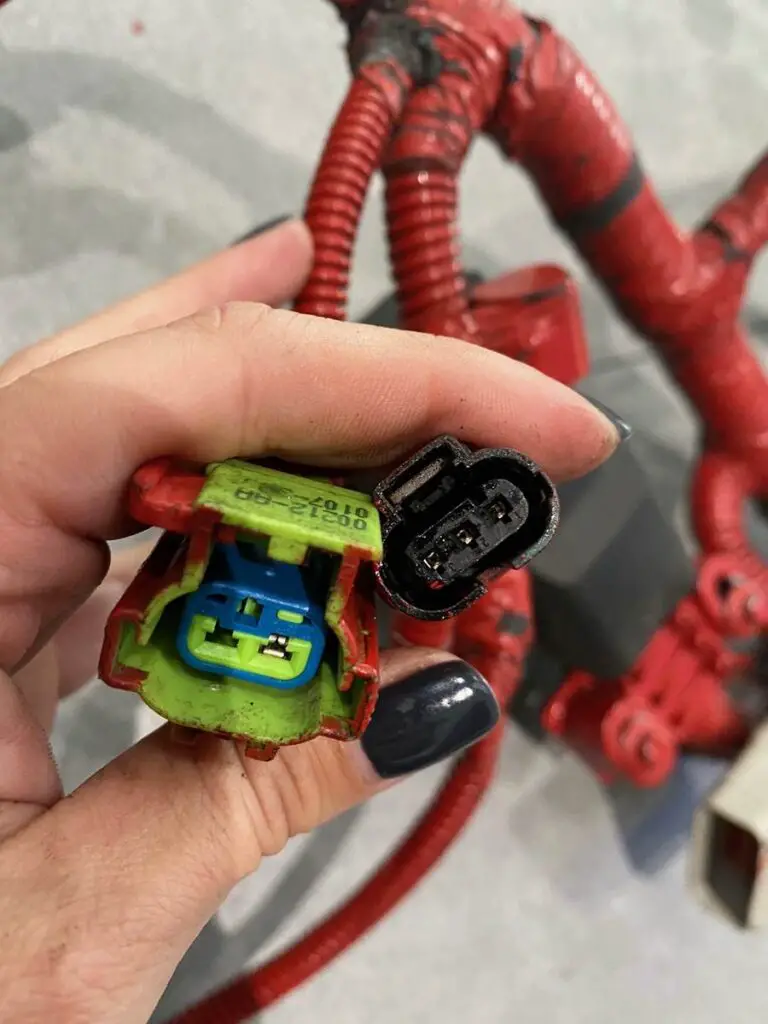Sensor Supply Voltage 5 Cummins Isx Location: Unveiling the Power Source
Sensor Supply Voltage 5 on a Cummins ISX is located in the ECM OEM harness connector. Sensor Supply Voltage refers to the amount of voltage provided to sensors in the engine system.
The Importance Of Sensor Supply Voltage In Cummins Isx Engines
The sensor supply voltage is an essential factor in Cummins Isx engines as it directly impacts engine performance and fuel efficiency. The sensor supply voltage is responsible for providing consistent and accurate signals to the engine control module (ECM) from various sensors throughout the engine. When the sensor supply voltage is inadequate or inconsistent, it can lead to issues with engine health and performance.
Inadequate sensor supply voltage can have negative effects on fuel efficiency, causing the engine to consume more fuel than necessary. This can result in increased operating costs and reduced overall efficiency. Additionally, inadequate voltage can lead to incorrect sensor readings, which can result in improper engine timing, fuel injection, and combustion.
Ensuring that the sensor supply voltage is reliable and within the recommended range is crucial for maintaining optimal engine performance and maximizing fuel efficiency. Regular inspections and maintenance of the sensor supply voltage system can help identify and address any potential issues before they cause significant damage to the engine.
Unveiling The Power Source: Understanding Sensor Supply Voltage 5 Cummins Isx
When it comes to understanding the power source of a Cummins ISX engine, Sensor Supply Voltage 5 plays a crucial role. This voltage, also known as V5, is responsible for powering various sensors in the engine. The function of Sensor Supply Voltage 5 is to provide a stable and reliable source of power to ensure accurate sensor readings. It is located in the ECM (Engine Control Module) OEM harness connector, where it is connected to multiple sensors.
Sensor Supply Voltage 5 is shared by several sensors, including the camshaft position sensor, rail fuel pressure sensor, and intake manifold pressure/temperature sensor. By providing power to these sensors, Sensor Supply Voltage 5 enables them to function properly and transmit accurate readings to the ECM. This information is essential for the engine’s performance, efficiency, and emission control.
Common Issues Related To Sensor Supply Voltage 5 Cummins Isx
When it comes to the sensor supply voltage 5 in Cummins ISX engines, several common issues arise. One of the signs of a sensor supply voltage 5 failure is a malfunctioning or non-responsive sensor. Troubleshooting and diagnosing these issues can be complex and require a thorough understanding of the electrical system. It is recommended to perform regular maintenance on the sensor supply voltage 5 to ensure optimal performance and prevent potential problems. By following the engine service manual and referring to diagnostic fault codes for Cummins engines, you can effectively address any sensor supply voltage 5-related issues that may occur.
Frequently Asked Questions For Sensor Supply Voltage 5 Cummins Isx Location
What Is Sensor Supply Voltage?
Sensor supply voltage refers to the amount of electrical power required to operate a sensor. It is the voltage supplied to the sensor for it to function properly and provide accurate readings. Different sensors may have different voltage requirements depending on their design and specifications.
What Is The Purpose Of The Sensor Supply Voltage?
The sensor supply voltage provides power to various sensors in the Cummins ISX engine, allowing them to function properly and provide accurate readings. Without the proper supply voltage, sensors may not work correctly or provide accurate information for engine performance monitoring and diagnostics.
Where Is The Sensor Supply Voltage Located In Cummins Isx?
The sensor supply voltage can be found in the ECM OEM harness connector of the Cummins ISX engine. It is important to locate and ensure a proper connection to this connector to ensure the sensors receive the necessary power supply for accurate readings and engine performance monitoring.
Which Sensors Are Dependent On The Sensor Supply Voltage?
Several sensors in the Cummins ISX engine rely on the sensor supply voltage for proper operation. These include the camshaft position sensor, the rail fuel pressure sensor, and the intake manifold pressure/temperature sensor. The sensor supply voltage is shared by these sensors to ensure they function correctly and provide accurate readings for engine performance monitoring and diagnostics.
Conclusion
Understanding the sensor supply voltage for Cummins ISX engines is crucial for maintaining optimal performance. By accurately monitoring sensor outputs and ensuring proper voltage supply, you can effectively diagnose any potential issues and prevent costly repairs. Remember to consult the engine service manual for the most up-to-date information on diagnostic codes and procedures.
Keep your engine running smoothly by staying informed about sensor supply voltage and its impact on your Cummins ISX engine.








